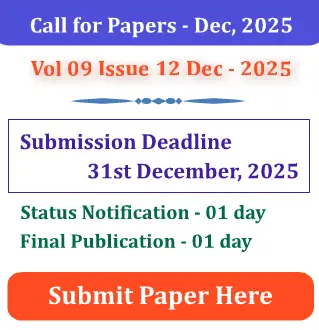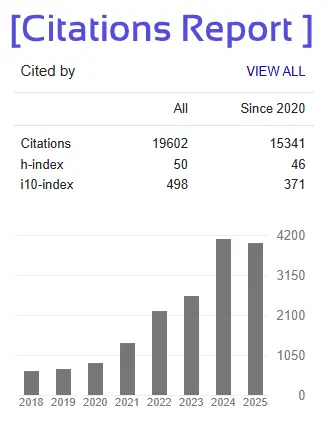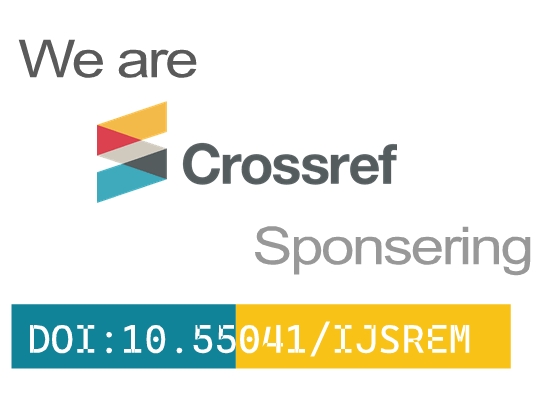A Literature Review on Manual Therapy in Temporomandibular Joint Dysfunction
1Dr.Shalini.R, 2Dr.S.Senthil kumar,3Dr.J.Ramesh kumar,4Dr.Vel Murugan
1. II Year MPT, School of physiotherapy, Dhanalakshmi Srinivasan University,Trichirappalli, Tamilnadu,India
2. Professor,School of physiotherapy, Dhanalakshmi Srinivasan University,Trichirappalli, Tamilnadu,India
3.Dean & Professor,School of physiotherapy, Dhanalakshmi Srinivasan University,Trichirappalli, Tamilnadu,India
4.Assistant Professor,School of physiotherapy, Dhanalakshmi Srinivasan University,Trichirappalli, Tamilnadu,India
ABSTRACT
BACKGROUND : The term temporomandibular dysfunction (TMD) applies to functional changes related to temporomandibular joint (TMJ) and it is associated to masticatory structures. The main symptoms are pain in the TMJ region and / or the masticatory musculature. AIM : The aim of this study was to summarize evidence from and evaluate the methodological quality of randomized controlled trials that examined the effectiveness of MT and therapeutic exercise interventions compared with other active interventions or standard care for treatment of TMD.Objective: to perform a systematic review on the effects of manual therapy in the treatment of TMD. METHOD: The databases use for searching articles were Research gate,MedLine, PEDro, Pubmed and, Scielo. We collected 54 articles from the past 3 years. SELECTION CRITERIA: Selection criteria includes patient with temporomandibular joint dysfunction and articles in which the effectiveness of physiotherapy management were found out in terms of visual analogue scale, pain relief and increase in range of motion. RESULTS: These five studies are based upon the inclusion criteria and were included for the review. The method used in these studies include therapeutic exercise such as mobilization exercise, muscle strengthening exercises, coordination exercises and postural exercises, physical therapy such as exercise management and education on self-management, supervised exercises which included relaxation and coordination and resistance training of the jaw and neck/shoulders, physical therapy manual therapy, CONCLUSION:Manual therapy has also been shown to bemore cost effective and less prone to side effects than dental treatment. Somemanipulative techniques for the TMJ are describe. KEY WORDS: Physiotherapy management, temporomandibular joint dysfunction.







